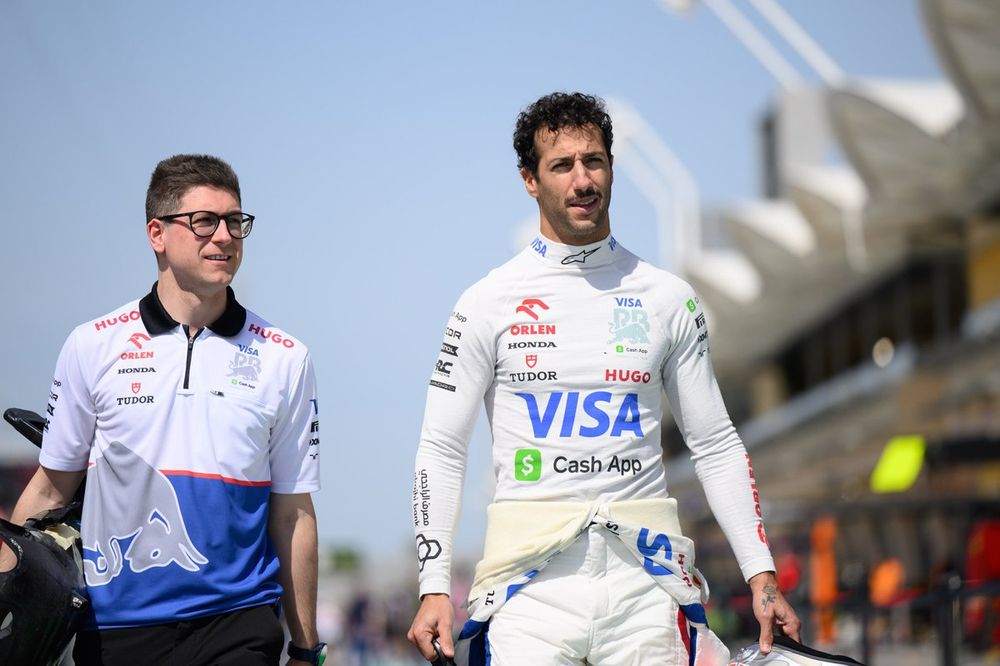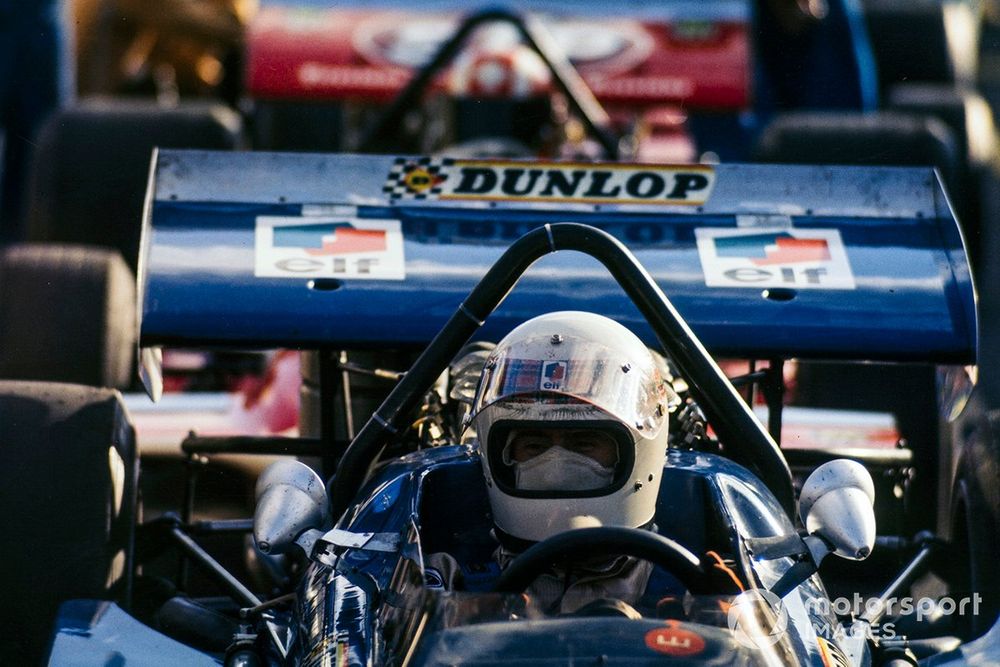Fire was an extreme hazard in the first few decades of Formula 1, and drivers were frequently trapped in the burning wreckage of their car. Fire protection has thus been a key focus in safety, and the race suits have changed over the years to give drivers a better chance at survival.
Sir Jackie Stewart was instrumental in pushing for more safety measures in F1 after racing in some of the series’ most dangerous years. The three-time world champion’s campaign helped introduce several safety features, including full-face helmets and seatbelts for the drivers, as well as helping to develop a specialised medical unit which attend each race, safety barriers and greater run-off areas.
Jackie Stewart, Tyrrell 003 Ford
Photo by: Motorsport Images
Drivers need to be comfortable in their race suits and not constrained by heavy and rigid material, as well as ensuring it provides ultimate protection in a potential accident. The suit also needs to keep the driver at a comfortable temperature, making sure that they do not get too hot too quickly, as this can affect their performance.
Each driver is required to wear a race suit, underwear, gloves, boots and a helmet, which hasn’t changed much since the 1960s. However, driver clothing is now far more technologically advanced and provides drivers with a higher level of safety.
The FIA is responsible for enforcing safety measures and regularly review the regulations surrounding driver clothing. Both 8860 (helmets) and 8856 (clothing) regulations were reviewed and updated the last couple of years and have been approved again for 2024.
Elements of F1 drivers’ racewear
Race suit
A race suit – otherwise known as overalls – is primarily responsible for offering fire protection to the drivers while also remaining lightweight and comfortable. Overalls were made mandatory by the FIA in 1963, and by 1975 they needed to meet specific fire-resistant standards.
The FIA have a set of regulations for all driver clothing – known as 8856-2018 – which specifies that the suit should be all in one piece and feature shoulder handles, in case a driver has to be extracted from their car.
Each race suit also features an expiry date embroidered into the neck to ensure they offer maximum protection to a driver. The date was once printed in the overalls, but this could be worn or burnt away so a more fire-resistant option was introduced.

Daniel Ricciardo, RB F1 Team
Photo by: Erik…
Click Here to Read the Full Original Article at Motorsport.com – Formula 1 – Stories…

